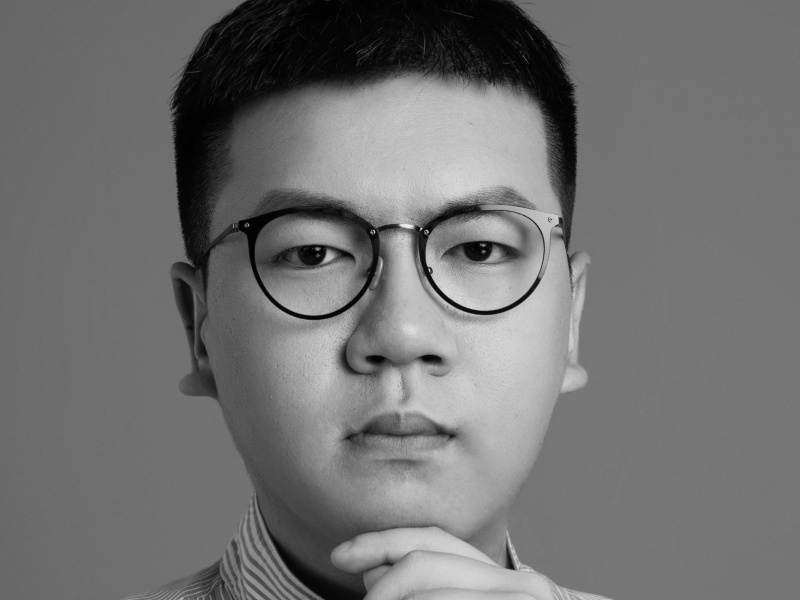The panel discussion shed light on how international luxury brands are speeding up their digital transformation in China and adapting their internal structures and external strategies in this context.

The panel discussion shed light on how international luxury brands are speeding up their digital transformation in China and adapting their internal structures and external strategies in this context.
Digital transformation is a topic that has been much discussed over the years. The luxury industry might have been slow on the uptake, but with technology driving the proliferation of e-commerce and digitisation of supply chains, labels that once distanced themselves from the online world due to concerns about image dilution have gradually gone digital. Beyond online retail, brands have also been rolling out and developing new strategies at the communication, marketing and CRM levels.
At the recent Luxury Society Keynote 2020 in Shanghai, WWD China‘s Co-founder and Strategy Officer Lena Yang noted that due to the impact of COVID-19, the notion of digital transformation has become even more vital to brands. She explored the topic in greater detail with Veronique Yang, Partner and Managing Director at Boston Consulting Group; Wendy Chan, Senior Vice President, Digital at LVMH Asia-Pacific; and Esteban Liang, Chief Executive Officer at GBMax, Max Mara Group of Brands, in a panel discussion about the Digital Transformation of International Brands in China.
According to Veronique Yang, studies by Boston Consulting Group for the luxury sector showed that 93 per cent of purchases in China are influenced by digital touchpoints – which is significantly higher compared to the 60 per cent observed in the global market. This makes developing digital offerings in China more significant for luxury brands.
On top of its external transformation, it is also crucial for brands to establish an effective organisational structure and infrastructure internally. When it comes to creating omnichannel experiences, the development of online channels should be done so in tandem with offline touchpoints, opined Liang. Any projects that straddle online and offline must be supported by frontline staff – something he sees as a key challenge for luxury brands today.
The panel also touched on the ways in which international luxury brands can continue to engage with consumers and reduce the outflow of domestic consumption when the borders reopen post-COVID. Chan noted that while many clients acquired by brands during this period are those that used to shop the label overseas, there has also been a huge influx of new customers. As such, she emphasises the importance of better managing consumers and providing a better engagement experience with the support of CRM data. Watch the video below for the full session.










